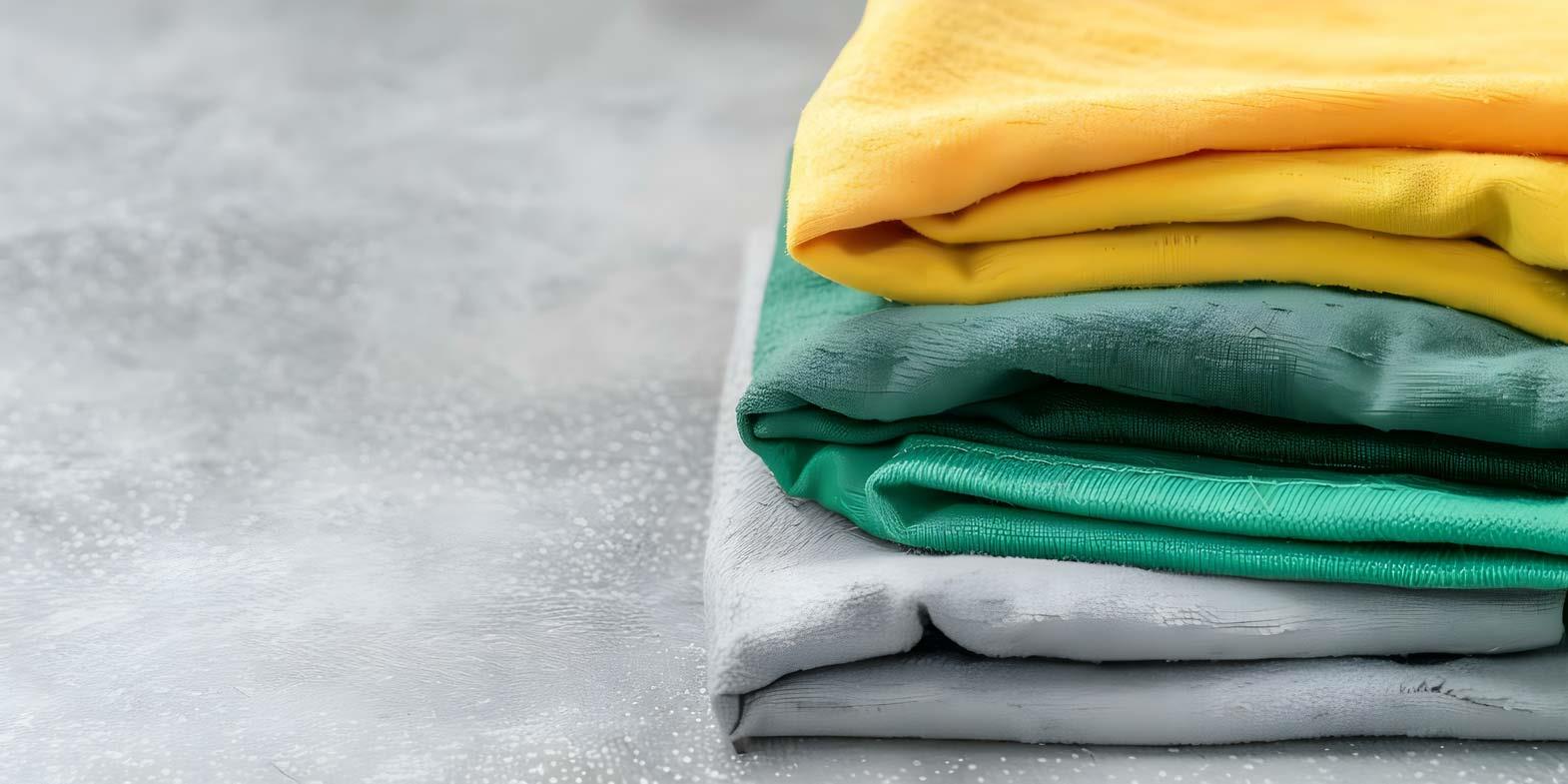What is ethical clothing and ways to maintain a sustainable approach in its production
Today is the age of fashion. We consume large quantities of clothes every year. The average American's spend on clothing is more than our annual income. Due to increasing demand and higher profits resulting from sale of products with environmental benefits, a new trend is gaining ground - green marketing.
When people hear the term "ethical clothing", they are not sure what it means. In reality, there isn't a true definition of what ethical clothing is. My take on ethical clothing is that it represents an approach to the design, sourcing and manufacture of clothing which maximises benefits to people and communities while minimising the impact on the environment. According to Collins English dictionary "If you describe something as ethical, you mean that it is morally right or morally acceptable."
Again, the meaning of ethical represents an approach which strives to take an active role in poverty reduction, sustainable livelihood creation, minimising and counteracting environmental concerns. We are one of the largest manufacturers of apparels in the world. But the present scenario is very miserable. We see many workers die in the garment industry for violating compliances. We also pollute our environment without giving it a thought. So, our produced apparel isn't ethically produced.
Few days ago, we observed an unforget table tragedy of Rana Plaza. On April 24, 2013, an eight-storied commercial building, Rana Plaza, collapsed in Savar, a sub-district in the Greater Dhaka Area, the capital of Bangladesh. The search for the dead ended on May 13 with the death toll crossing 1,129. Approximately 2,500 injured people were rescued from the building alive. It is considered to be the deadliest garment-factory accident in human history.
We also came across the Tajrin tragedy, which crossed the limits of humanity. At least 120 workers were killed in a blaze that gutted a garment factory in Bangladesh. The fire broke out late on Saturday in the Ashulia industrial district, just outside the capital, Dhaka. It started in the cotton warehouse on the second floor of the eight-storey Tajrin garment factory and rapidly spread. Police say about 1,000 workers were trapped inside, whereas 3,000 escaped. Firefighters took nearly five hours to put out the flames and bring down all the stranded workers. Now I would like to discuss about ethical apparel production. There are three ways of maintaining a sustainable approach in the ethical clothing sector.
1. Production design and fabric or raw material selection
2. Selecting retailers
3. Informing the consumers
We should also focus on following aspects:
Social:
Increasing the capacity and wellbeing of the people and communities behind fashion. Any fashion business depends on the people behind it. In a broader context, poverty and exploitation of the human workforce behind fashion affects the stability of the industry itself.
Environmental:
Minimising the environmental impact of all business operations throughout the supply chain. Creating and acting upon opportunities to reduce environmental issues beyond the immediate operations- such as raising awareness, investing in and supporting of environmental initiatives.
Commercial:
Without a robust financial business model, none of the above can be achieved. Good intentions without an effective business structure can backfire. A sustainable approach includes quality products or services that meet market demands and are fairly marketed. The work of the Ethical Fashion Forum with businesses is built on these three pillars, and especially with smaller businesses it includes elements of commercial and financial business support, in collaboration with partner organisations.
Criteria for ethical fashion:
The Ethical Fashion Forum has drawn up a set of 10 criteria for ethical fashion, to inform the fashion industry's official ethical fashion awards, the Re-fashion awards:
1. Countering fast, cheap fashion and damaging patterns of fashion consumption
2. Defending fair wages, working conditions and workers' rights
3. Supporting sustainable livelihoods
4. Addressing toxic pesticide and chemical use
5. Minimizing water use
6. Recycling and addressing energy efficiency and waste
7. Developing or promoting sustainability standards for fashion
8. Resources, training and/ or awareness raising initiatives
9. Animal rights.
For production of ethical apparel, we should also focus on raw material production and sourcing. For instance, take a seemingly benign plant like cotton. Pretty harmless right? Well, cotton farming puts billions of dollars worth of pesticides into the air and groundwater each and every year. These chemicals have been proven to sicken and even kill farmers, especially in less-developed countries.
Here are some other ideas:
1. Avoid plastics whenever you can.
2. Buy organic whenever possible.
3. Recycled or "up cycled" materials lessen the impact.
4. Look for fair trade clothing and accessories.
5. Go with sustainable fabrics like bamboo and hemp.
Conclusion:
Its near impossible to wear 100% ethical clothing and accessories all the time. Finally I realized that we can only do the best we can. So, thats what we do here at Earth Divas. We use sustainable fabrics like hemp. We use up cycled fabrics like cotton and silk. We provide our artisans with fair trade, livable wages. And we plan to do more in the future.
References:
1. Earthdivasblog.com
2. Ethicalfashionforum.com
3. En.wikipedia.org
4. English.cntv.cn








Comments